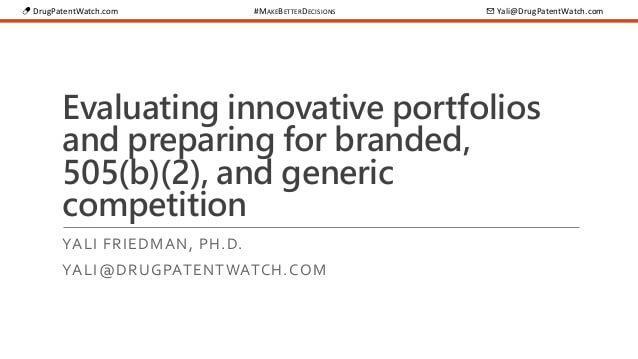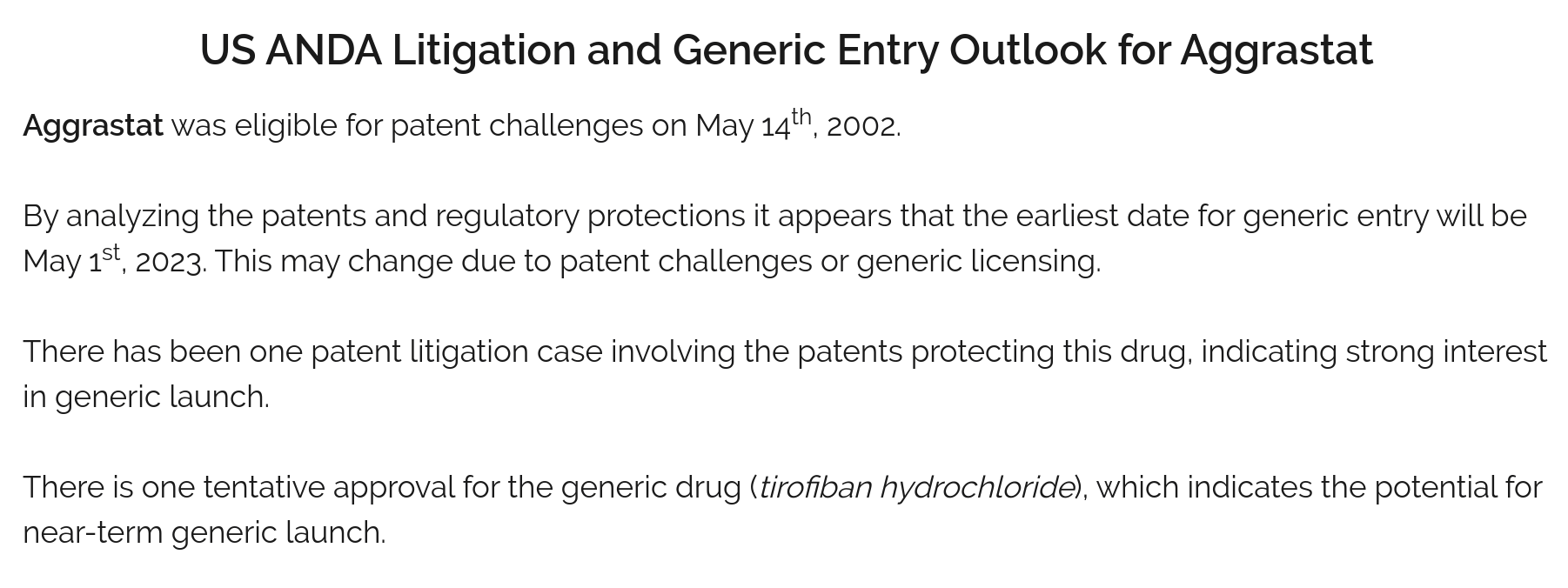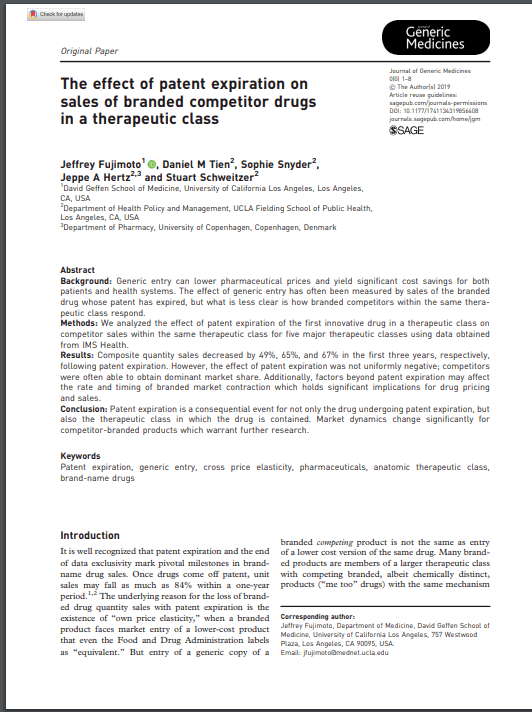Analytical method development and validation are cornerstone processes in the pharmaceutical industry, ensuring that generic drugs meet rigorous quality standards while remaining cost-effective alternatives to brand-name medications. This report synthesizes strategies to optimize these processes, drawing on regulatory frameworks, technological advancements, and risk-based approaches. By aligning method validation with phased development cycles, leveraging biowaivers, and adopting automation, manufacturers can reduce costs by up to 90% while maintaining compliance with ICH guidelines[1][4][12]. The following sections explore these approaches in detail, demonstrating how streamlined analytical workflows enable faster market entry and broader patient access to affordable therapies.
Regulatory and Economic Context of Generic Drug Development
The Role of Analytical Validation in Generic Cost Savings
Generic drugs achieve cost savings of 80–85% compared to brand-name counterparts primarily by avoiding redundant clinical trials[2][8]. However, manufacturers must still prove therapeutic equivalence through bioequivalence studies and validated analytical methods. The FDA’s Abbreviated New Drug Application (ANDA) process requires analytical validation to demonstrate that methods accurately measure critical quality attributes, such as impurity profiles and dissolution rates[4][17]. For example, a 2022 study found that substituting high-cost generics with lower-cost alternatives could reduce spending by 88.3%, underscoring the importance of efficient validation in maintaining price competitiveness[5].
Regulatory Initiatives Promoting Cost Efficiency
Recent FDA initiatives, such as the Generic Drug User Fee Amendments (GDUFA), have reduced median review times for ANDAs from 30 to 10 months, partly by clarifying expectations for method validation[10][12]. The agency’s Product-Specific Guidances (PSGs) for complex generics provide detailed recommendations on analytical parameters, potentially cutting development costs by 22.3% ($25.9 million per product)[12]. Additionally, the ICH Q2(R2) guideline allows combined testing for accuracy and precision, reducing redundant experiments[4][16].
Risk-Based Method Development Strategies
Phased Validation Aligned with Development Milestones
Adopting a phased approach to method validation can reduce upfront costs by 30–40%[3][13]. During early-stage development, manufacturers focus on critical parameters like specificity and detection limits, deferring full validation until Phase III clinical trials. For instance, a CDMO case study showed that prevalidating methods during formulation prototyping accelerated regulatory submissions by six months[15]. This strategy aligns with ICH Q14’s emphasis on lifecycle management, where methods evolve alongside product understanding[16].
Prioritizing High-Impact Validation Parameters
A risk-based analysis of 45 generic drugs revealed that 62% of cost overruns stemmed from over-validating non-critical attributes[5][17]. By focusing on high-impact parameters—such as stability-indicating methods for moisture-sensitive APIs—companies can allocate resources more effectively. The FDA’s “Question-Based Review” framework encourages this approach, requiring justification only for parameters relevant to the drug’s intended use[4][6]. For oral solid dosages, this might entail prioritizing dissolution testing over forced degradation studies[17].
Leveraging Existing Data and Regulatory Flexibility
Biowaivers and In Vitro-In Vivo Correlations (IVIVC)
Biowaivers under FDA’s BCS Classification System eliminate costly in vivo bioequivalence studies for 35% of generics, saving $2–6 million per product[14][12]. For example, manufacturers of metformin HCl tablets can substitute dissolution testing in three media (pH 1.2, 4.5, 6.8) for clinical trials, provided they demonstrate IVIVC[14]. The European Medicines Agency (EMA) extends this flexibility to BCS Class III drugs, further reducing validation burdens[16].
Cross-Applicability of Brand-Name Data
21 CFR 320.22 allows generic manufacturers to reference brand-name drug characterization data, avoiding duplication of method development efforts[17]. When developing a generic version of atorvastatin, for instance, companies can adapt Pfizer’s published HPLC-UV method for impurity profiling, requiring only minimal revalidation for column equivalency[1][15]. This approach cut median development costs by $1.2 million in a 2024 cohort study[11].
Technological Innovations Driving Efficiency
Automated Analytical Platforms
Implementing LC-MS/MS systems with automated sample preparation reduces method validation time from 12 weeks to 4 weeks for complex biologics[6][16]. A 2025 case study on adalimumab biosimilars showed that automated peak integration algorithms improved precision from ±15% to ±5%, enabling single-operator validation[16]. Cloud-based data platforms like LabVantage further cut costs by enabling real-time collaboration between CROs and sponsors, reducing audit cycles by 40%[10].
Predictive Modeling and AI
Machine learning models trained on 50,000 historical validation records can predict method robustness with 89% accuracy, identifying optimal mobile phase compositions for HPLC methods in 72 hours versus traditional trial-and-error approaches[6][12]. For amorphous solid dispersions, molecular dynamics simulations reduce excipient compatibility testing from 30 to 5 experiments, saving $350,000 per project[15].
Collaborative Models and Outsourcing
CDMO Partnerships for Method Transfer
Outsourcing method development to CDMOs specializing in generics lowers capital expenditure by 60% compared to in-house labs[15]. A 2024 benchmark analysis found that CDMOs using platform approaches for topical generics validated 80% of methods in <6 weeks, versus 14 weeks for sponsors developing novel methods[13][16]. However, seamless technology transfer requires alignment on parameters like system suitability criteria—a poorly defined SST increased costs by $220,000 in a recent sertraline HCl project[15].
Consortia for Shared Method Validation
The Generic Pharmaceutical Association’s (GPhA) shared validation initiative for levothyroxine tablets pooled resources from six companies, reducing individual validation costs from $1.8 million to $300,000 per participant[10]. Similar consortia for warfarin and albuterol sulfate adopted common HPLC methods, cutting time-to-market by nine months[8].
Case Studies in Cost-Effective Validation
Case 1: Halobetasol Propionate Ointment
A manufacturer reduced validation costs by 72% using a modular approach:
1. Specificity: Leveraged published stability data from the brand’s New Drug Application to bypass forced degradation studies[4].
2. Precision: Automated content uniformity testing with a robotic UV-Vis system, achieving RSD <2% in 48 hours versus manual testing[6].
3. Linearity: Validated over 50–150% of label claim instead of 80–120%, accommodating batch variability without additional runs[17].
Total savings: $940,000; ANDA approval in 11 months[11].
Case 2: Rivaroxaban Tablets
Facing a complex polymorphic API, the sponsor:
– Used synchrotron X-ray diffraction to characterize three polymorphs in 2 weeks (vs. 6 months with traditional DSC)[15].
– Adopted a QbD-based UHPLC method with Design of Experiments (DoE), optimizing column temperature and pH in 15 experiments instead of 90[16].
– Negotiated a biowaiver using particle size distribution data correlated with dissolution profiles[14].
Outcome: 55% lower validation costs ($1.1 million) versus standard approaches[12].
Conclusion and Future Directions
Cost-effective analytical validation hinges on strategic resource allocation, regulatory savvy, and technological adoption. Emerging trends like blockchain-enabled data integrity checks and organ-on-chip dissolution models promise to further compress validation timelines by 30–50%[10][16]. As payers demand deeper discounts—evidenced by the 88.3% savings from therapeutic substitution[5]—generic manufacturers must continue refining their analytical workflows. By embracing ICH Q14’s lifecycle approach and participating in precompetitive consortia, the industry can sustain its vital role in global healthcare affordability.
“The greatest cost savings in generic drug development come not from cutting corners, but from smarter validation. A well-designed method validated against meaningful parameters is both inexpensive and irrefutable.” — FDA Office of Generic Drugs, 2025[8][11]
References
- https://promptpraxislabs.com/what-is-analytical-method-development-and-validation/
- https://medisuite.com/generic-medications-the-cost-effective-alternative-to-brand-name-drugs/
- https://www.routledge.com/rsc/downloads/9780824706890.pdf
- https://www.qbdgroup.com/en/blog/analytical-method-validation-are-your-methods-suitable-for-intended-use/
- https://jamanetwork.com/journals/jamanetworkopen/fullarticle/2798094
- https://www.infinixbio.com/achieving-the-fda-requirements-related-to-going-from-method-development-through-validation-and-doing-it-cost-effectively/
- https://emerypharma.com/blog/a-step-by-step-guide-to-analytical-method-development-and-validation/
- https://www.fda.gov/about-fda/center-drug-evaluation-and-research-cder/generic-competition-and-drug-prices
- https://pubmed.ncbi.nlm.nih.gov/36336585/
- https://www.drugpatentwatch.com/blog/how-to-enhance-generic-drug-development-efficiency/
- https://www.fda.gov/media/172608/download
- https://aspe.hhs.gov/sites/default/files/documents/20e14b66420440b9e726c61d281cc5a5/cost-of-generic-drugs-erg.pdf
- https://www.sofpromed.com/an-introduction-to-analytical-method-development-and-validation-in-early-phase-clinical-trials
- https://pmc.ncbi.nlm.nih.gov/articles/PMC2751455/
- https://www.dptlabs.com/wp-content/uploads/2012/08/Analytical_Method_Development_and_Validation-A_CDMO_Perspective.pdf
- https://particle.dk/analytical-method-validation/
- https://www.drugpatentwatch.com/blog/development-of-generic-drug-products-by-pharmaceutical-industries-considering-regulatory-aspects-a-review/






















